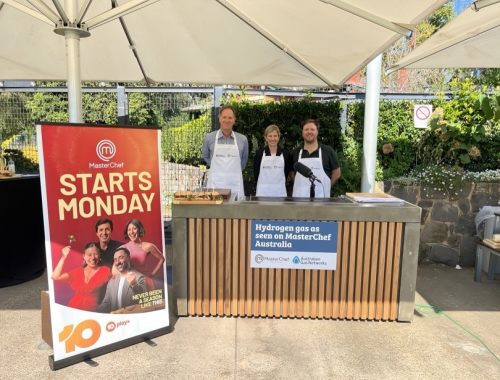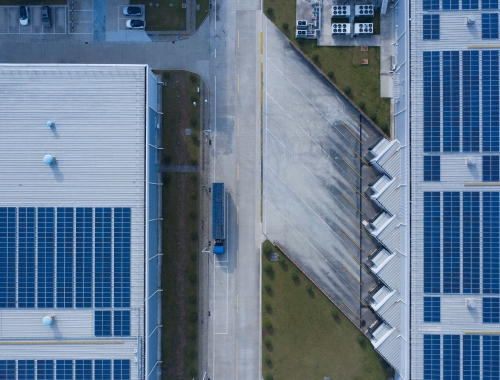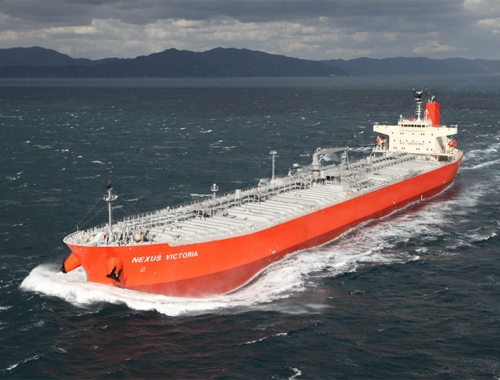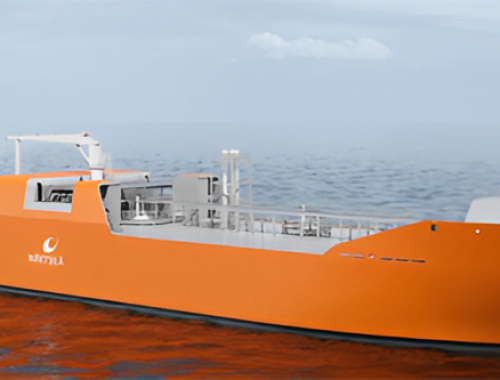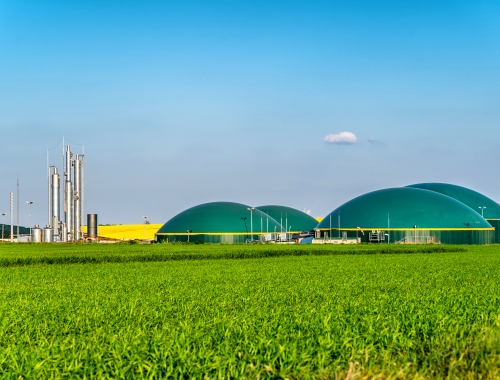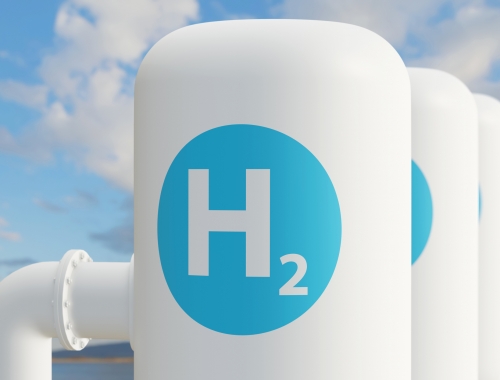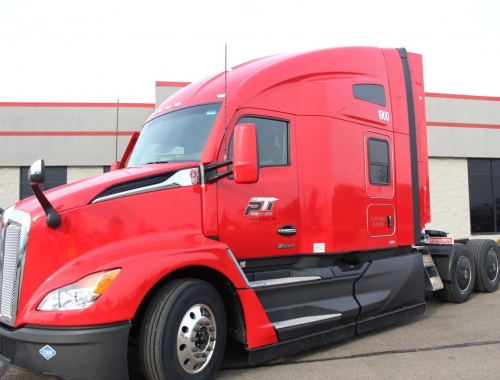Pilot expects to start Cliff Head CCS project by late 2025: interview
SUMMARY
Cliff Head CCS project is the first stage of the Mid West Clean Energy project in Australia which involves the conversion of the Cliff Head oil field from oil production to a CCS project.
By Shardul SharmaASX-listed Pilot Energy expects to start the Cliff Head carbon capture and storage (CCS) project offshore Western Australia by late 2025 or early 2026, the company chairman Brad Lingo tells GasPathways.
Pilot and Triangle Energy, partners in the CCS project, lodged the initial regulatory submissions required for stage one of the Cliff Head CCS project with the Australian regulator National Offshore Petroleum Titles Administrator (NOPTA) in November last year. Technical analysis was presented to NOPTA in October, ahead of submitting the formal application to declare an ‘identified greenhouse gas storage formation’ within the WA 31-L tenement.
The declaration is the initial regulatory approval for the offshore CCS project and facilitates the joint venture progressing to apply for a CO2 injection licence.
The application is the first applications to be made under the Offshore Petroleum and Greenhouse Gas Storage Act 2006 (OPGGS Act) and the Offshore Petroleum and Greenhouse Gas Storage (Greenhouse Gas Injection and Storage) Regulations 2011.
CO2Tech, the CO2 storage and technical adviser, and the Cliff Head joint venture technical teams had finalised the reservoir and geo-mechanical modelling required to support the application to declare formations within the WA 31-L area as ‘identified greenhouse gas formations’. This work stream expanded key technical models to cover the entire WA-31-L and adjacent area expanding into Pilot’s 100% held WA-481-P exploration licence.
“We expect first approval by August 2023 after which we will file our field development plan. We expect final approval by mid-2024. If we receive our full approvals by mid-2024, we would be in a position to commence CO2 injections by late 2025 or early 2026. At present, we are in the FEED stage of the project,” says Lingo.
Regulatory approval for the declaration over the WA-31-L tenement area as an ‘identified greenhouse gas storage’ resource by NOPTA will trigger the restructure of the Cliff Head joint venture which will result in Pilot holding a 60% direct operated participating interest in both the oil project and the Cliff Head CCS project, and Triangle holding a 40% direct participating interest in both projects.
Triangle at present has a 78.75% interest in the Cliff Head joint venture, with Pilot holding the remaining 21.25%.
Cliff Head CCS project is the first stage of the Mid West Clean Energy project which involves the conversion of the Cliff Head oil field from oil production to a CCS project. The oil field lies in shallow waters offshore Western Australia and is currently jointly operated by Pilot and Triangle. The second stage of the Mid West Clean Energy project relates to blue hydrogen production and stage three involves production of clean ammonia for export.
Upgrade to WA 31-L CO2 storage contingent resource
Cliff Head joint venture on November 30 announced a significant upgrade to Cliff Head CO2 storage resource. The 2C contingent CO2 storage resource increased by about 50% to 9.7mn metric tons. This is sufficient to facilitate CO2 injection over 15 years at a rate of 665,000 mt/year.
The upgraded resource also involves a revised approach to the CCS development with a new CO2 injection well to be drilled downdip from the field instead of converting five existing wells, with the existing wells being retained for pressure maintenance and monitoring.
The capital cost of the simplified development plan is under review, however, it is expected to fall within the previous guidance of A$110mn for 665,000 mt/year injection capacity with up to a further A$60mn to expand injection capacity to 1.1mn mt/year.
“The capital cost will come down. We will get the exact numbers after the FEED study,” Lingo says.
Blue hydrogen and ammonia production
Once operational, the Cliff Head CCS project will enable Pilot to progress to stage two, being the production of blue hydrogen. Following the production of hydrogen, Pilot will then implement stage three which involves the conversion of hydrogen to ammonia ready for export.
“We are in the pre-FEED stage of the blue hydrogen and ammonia production project. We expect to start production by 2027,” Lingo says.
Pilot has teamed up with 8 Rivers Capital for the ammonia project. According to the MoU signed between the two companies, 8 Rivers’ support will take the form of an investment of A$1mn for the project costs and it will receive an option on offtake of 172,500 mt/year of clean ammonia once the project is in production.
Pilot has engaged New Energy Technology to market ammonia volumes, with a particular focus on the rapidly growing markets in Asia.
Lingo says that the market for hydrogen in Australia is significant as it can be blended with natural gas and can also be supplied to the iron and steel industry in Western Australia. Clean Ammonia can be exported to markets like Japan and South Korea, where it will either be used for co-firing in existing power plants or reconverted to hydrogen.
“When it comes to hydrogen, there is significant scope in the Australian market. Also, we see the ammonia export market to be very strong as well, especially in east Asia. So, we have a lot of options on how to commercialise the hydrogen we produce,” states Lingo.

